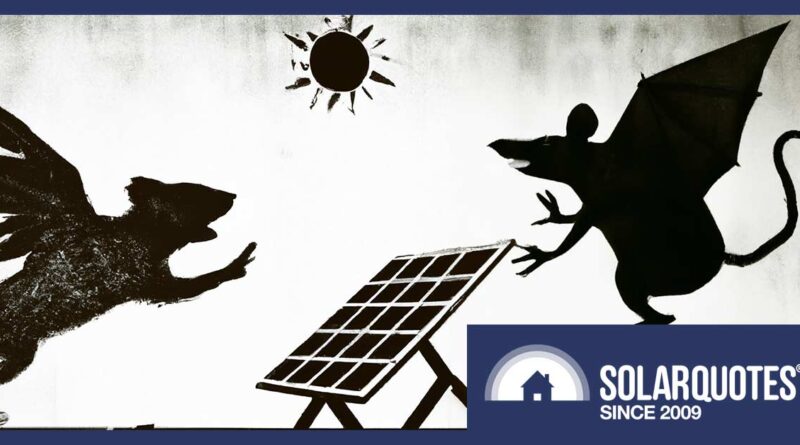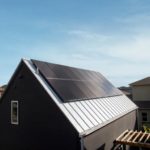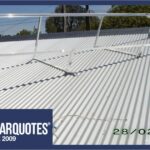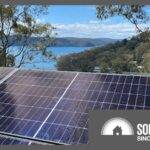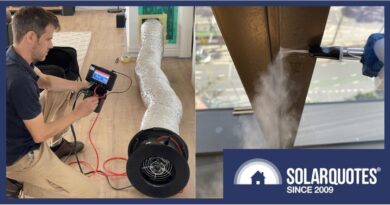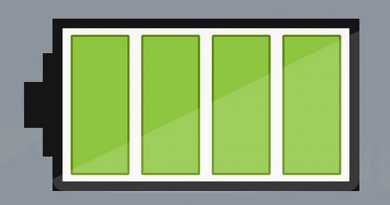Bird Proofing Solar Panels: Lessons Learnt From Bitter Experience
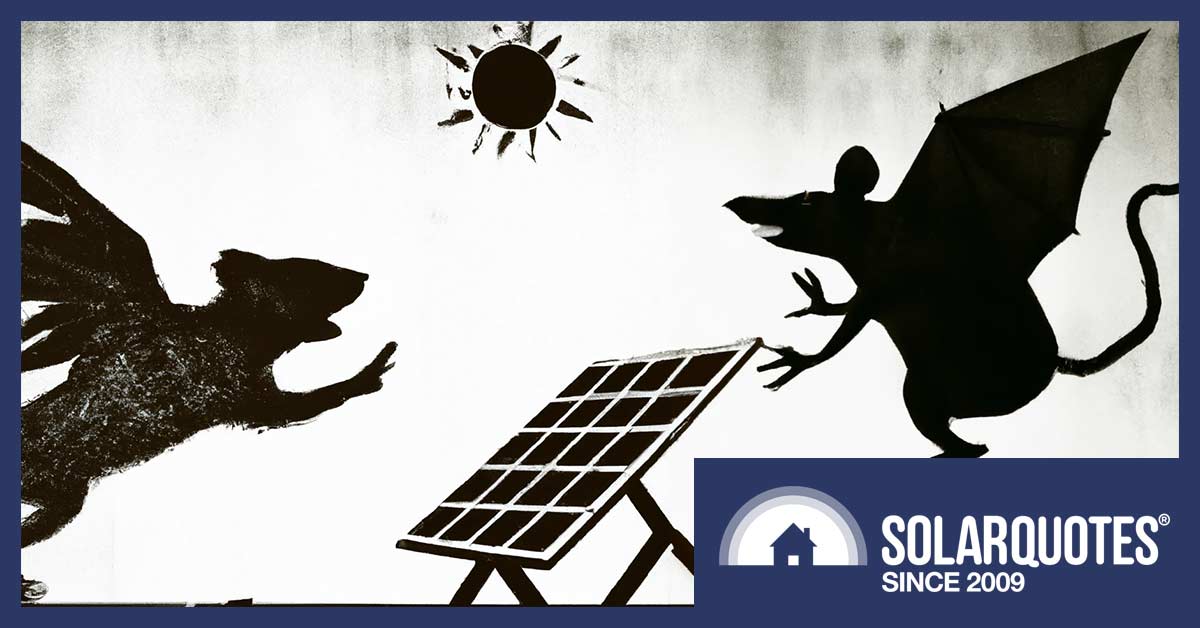
Image Credit: “a rat with wings smashing a solar panel, in the style of Banksy” DALL-E & Finn Peacock
Protecting Your Solar From Sky Rats and Other Feral Disasters
I recall the days installing solar panels on a petrol station roof and the distinct feeling we were being watched. Not the CCTV installed to catch petrol thieves, not the nosey neighbour or bored pensioner. It was dozens of beady little eyes observing from all angles, waiting patiently for us to leave so they could move into the new home made of solar panels we’d just built for them.
Although the air conditioning plant already had a bird net, the bean counters didn’t see the advantage in bird-proofing the solar array. I only wish these economic geniuses didn’t just pay but actually had to perform the manual labour involved with cleaning up bird shit and dead pigeons.
It’s a horrible task I wouldn’t wish on anyone. Except a retired LNP government minister.
Warning! Pigeon Shit Is Dangerous.
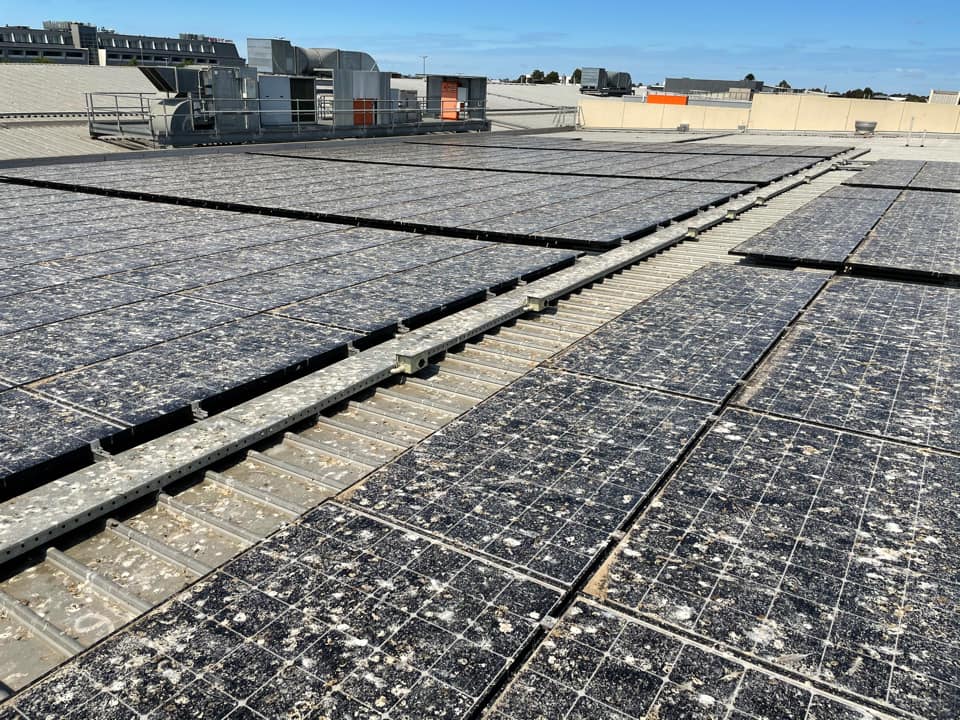
Image Credit – Crap Solar
I recently spoke with the experienced Brisbane-based solar repair expert and all-round top-bloke Julian Saxby. He told this cautionary tale:
“Just be very careful and always wear a mask. I ended up with two different bacterial infections in my lungs after taking down a system very similar to this – it took months to treat as well. The main one was Psittacosis, and somewhere in the mix, I picked up hyperfluous influenzae and moraxella catarrhalis.”
“I spent most nights struggling to breathe. I used to go up the back of the house and just cough non-stop for a solid hour just to clear myself out a bit. These days I can comfortably take down 27 panels and install 20 on a replacement system by myself in a day – but thanks to the pigeons I struggled to get up and down the ladder with a single little 190W panel for quite a while.”
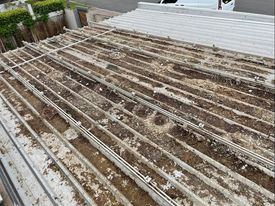
Not only had the roof rusted through…
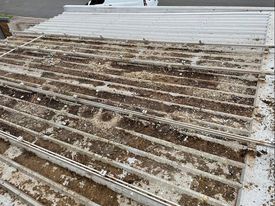
but this mess had serious health implications.
Preventing A Shit Show: How To Pigeon-Proof Your Solar Panels
There are a number of approaches to preventing bird damage:
- machines that make noise,
- rotating mirrors,
- plastic owls,
- pretend hawks on a string
… none of which appear to be effective in my experience. The best option is to physically exclude them from nesting under the array.
I saw a new roof installed on a heritage-listed stone barn, complete with curved iron sheets as a ridge cap. The building had always been infested with pigeons, which were now barred from entry. The shiny new iron and 35º pitch meant they could land but had no grip on the roof. Wind would send them tumbling, but they came back the next minute.
The fascinating thing was that despite the difficulty, with bloody-minded determination, they soon created themselves a platform… of shit.
After months of pigeon teamwork, a solid platform of guano was stuck to the roof that the pigeons found quite homely. There’s a reason they’re called homing pigeons; they are mind-bendingly dedicated to where they live. Popular or not, I believe that particular problem was only solved by hiring some shooters.
The Peaceful And Reliable Way To Bird-Proof Your Solar.
If you know you want to bird-proof your solar array when you are at the quote stage, ask your installer to add bird-proofing up front. It is easier to add it as your solar panels are installed.
A few different commercial products are available in Australia using both plastic and metal, moulded shapes and mesh, and fixed with clips, hooks or ties.
Clenergy even has a video of theirs (on the weirdest roof ever):
The PVC-Pipe Solution
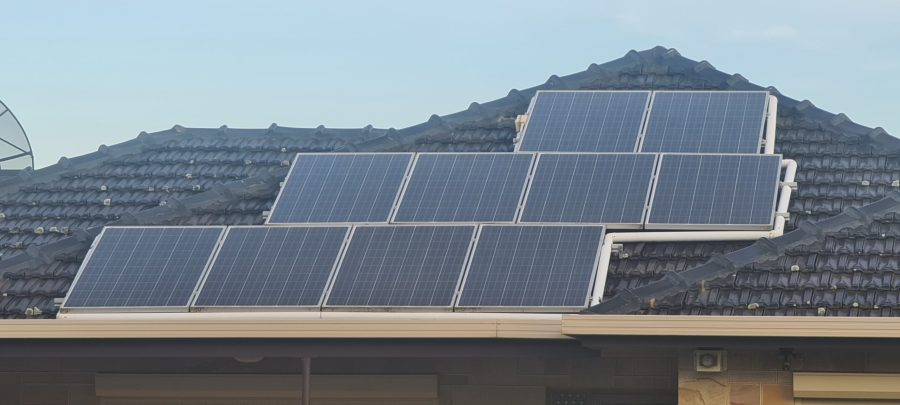
Yes, indeed, that is a perimeter of plastic stormwater pipe.
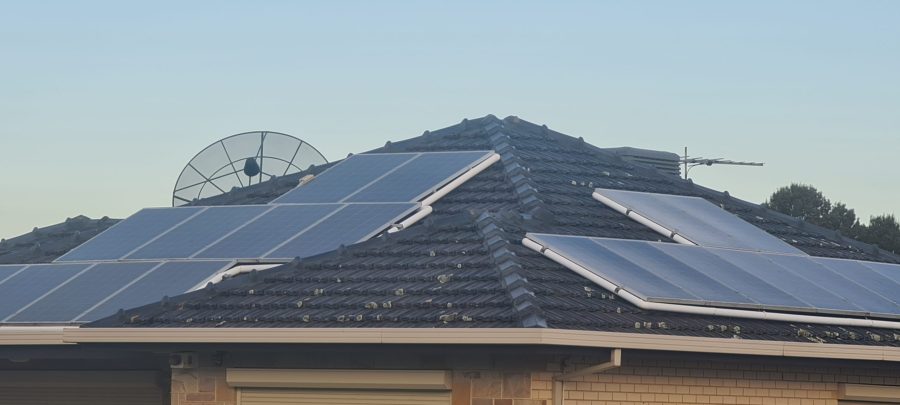
Is there nothing plumbers can’t do?
Attaching Mesh Directly To The Frame
I’ve seen installs where mesh was screwed or pop-riveted directly to the panel frames. Some installers will wince or throw their hands in the air, but if you consider a PV panel is basically an aluminium framed window, fixing things to them isn’t rocket science, provided you avoid the glass and wiring of course.
A recent problem is with panel makers looking to cut costs, many solar panels no longer have a flange under the short side of the panel. Without that bottom edge to clip or hook commercial designs onto, you have little choice but to carefully drill the frame for fixings to install bird proofing. At least you know that without a flange to put clips on, there is also no wiring clipped to the underside. A mixed blessing for installers, I assure you.
Also, you should check with the panel manufacturer that their warranty is OK with drilling holes in the frame.
Here’s another fact, horrifying for some: there are hundreds of thousands of solar panels in Australia attached to the roof with stainless tek screws driven through the frames. Sometimes the elegant solutions are just simple and effective.
Bird-Proofing Has Other Benefits
Well-fitted mesh can prevent leaf litter and tree debris from building up under your solar array, which is a major fire hazard, especially for low-pitched roofs.
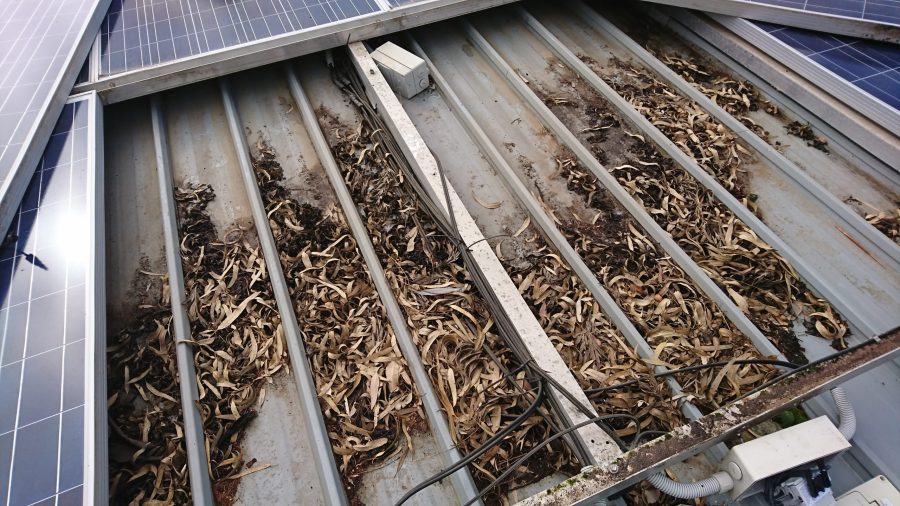
Cables hanging down soon gather leaves.
Along with the same roof damage and water leak problems that bird waste can create.
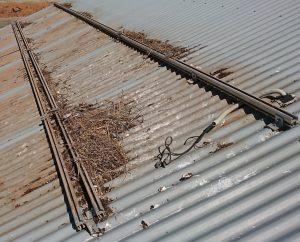
Ewww… the things you find under solar that looks fine from the ground.
It also discourages rats who chew wiring and possums, which are just a noisy pain in the backside.
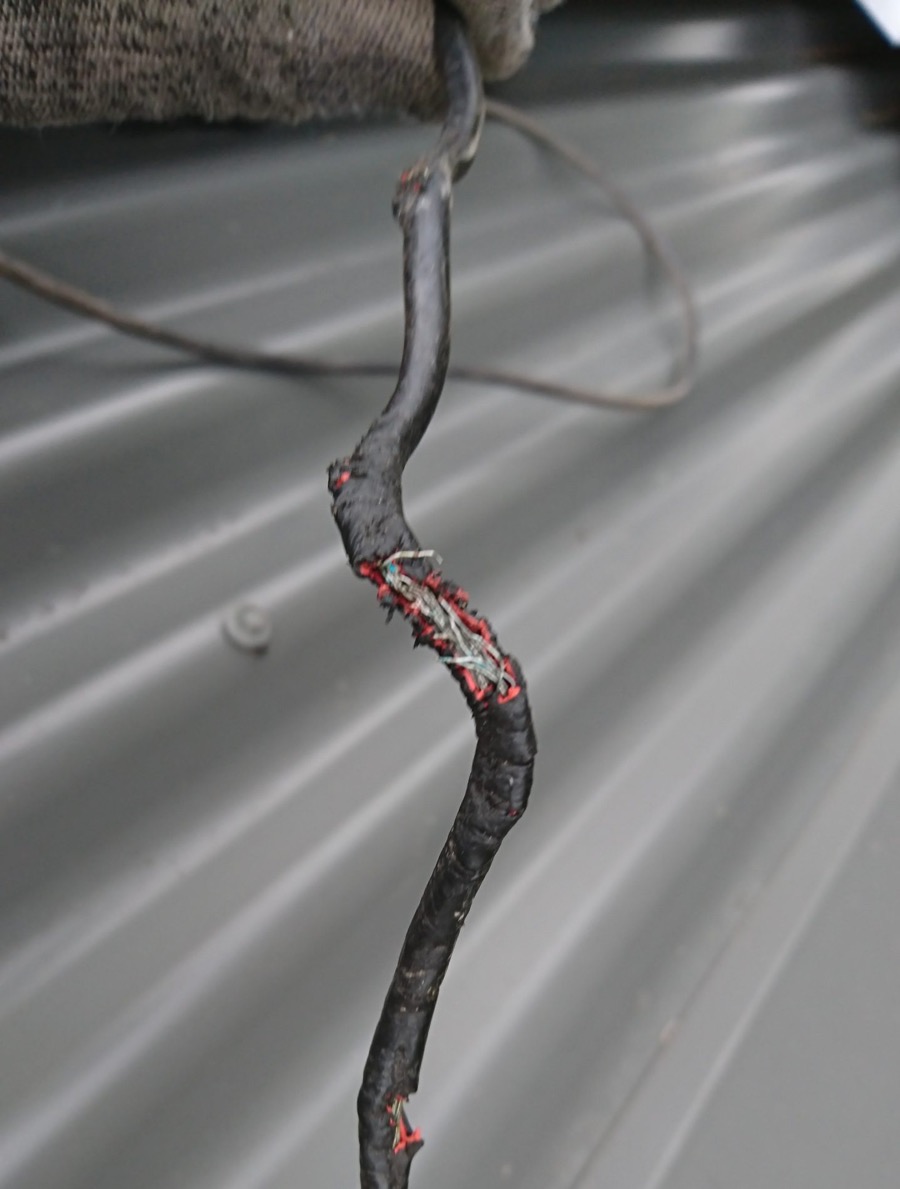
This was an electrifying find thanks to the rats. Image Credit: Solar Depot
And last but not least, keeping corellas and galahs at bay might save the wiring from being chewed, which prevents blowing up your inverter with a catastrophic short circuit to earth.
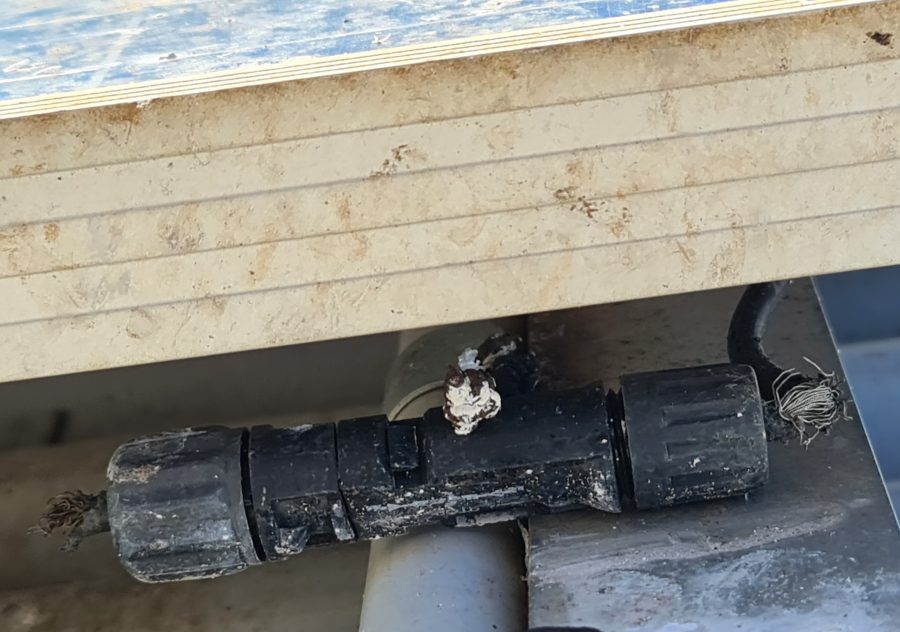
Yes, that cable has been cleaved off and the wires exposed at the other end. 750 volts DC with a garnish of bird poo.
Many Solar Installers Are Not Mesh Fitting Experts
If your solar installer baulks at fitting mesh to your array, I would get a gutter guard company involved. Have them liaise about electrical safety but leave the mesh to people who have the tools and are used to fitting it neatly without creating leaks.
Do You Need To Worry About Bird-Proofing?
The bulk of solar installs don’t need bird mesh. Provided the wiring is well restrained and stays tucked up in place, there’s little chance they ever will have a buildup of leaves or wildlife.
If you didn’t have a bird problem before your solar power system was installed, then you are unlikely to need bird deterrents. With that said, if you notice the cooing of pigeons and clap of wings, it really is best to exclude them as soon as possible. Removing solar panels just to clean under them is much more expensive.
The Birds Have Already Made A Mess, How Do I fix It?
Carefully is the answer. Array wiring can have hundreds of volts DC available if there’s any sunlight at all. As many systems have plastic cable ties that grow brittle with age, it’s not unusual for wiring to sag down. Nobody should be poking or hooking that with metal tools.
Do. Not. Use. A. Pressure. Washer.
Unless you are exceptionally talented, it’s too easy to inject water into panel edges or plugs and cause earth faults.
As an example, I had to clean under a 100 kW, 300-panel array on a low-pitch deck roof. Birds weren’t an issue, but a gum tree had filled the roof with leaf litter and sticks. There was a decent clearance under the frame, but the array was 10 metres deep in places with no service gaps.
I made a tool using a heavy-duty plastic scraper attached to a fibreglass rod that could be screwed together to make a looong extension handle (a drain cleaning setup). This meant we could physically push the matted and woven sticks out from under the panels, but it needed to be done regularly to avoid building up a large volume of material that couldn’t be pushed out.
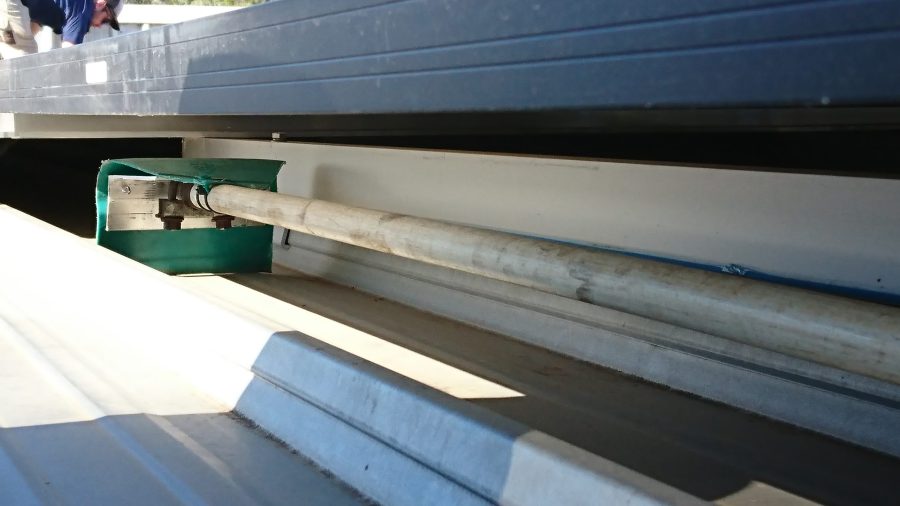
Don’t tell the plumbers we stole their fibreglass rods
A hose or garden blower is handy in many instances but useless in this situation, and I didn’t have a fire hose. The best way to finish the job was with a bucket of water. Twenty litres in one second, sloshed into one channel of the roof, would move much more crud than 20 litres per minute squirting from the hose… but it was still tedious on a big roof.
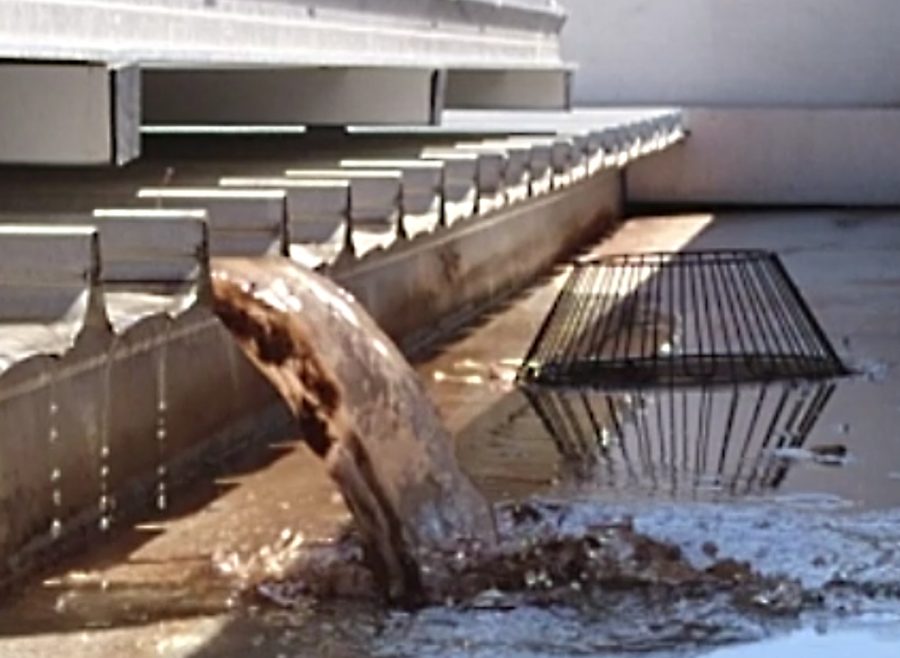
Hosing didn’t have the oomph. Image credit: Solar Depot
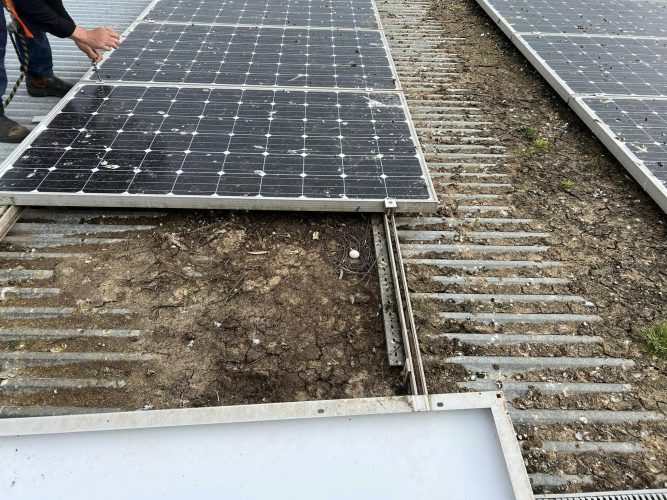
This will be an expensive cleaning job. Image credit: Crap Solar
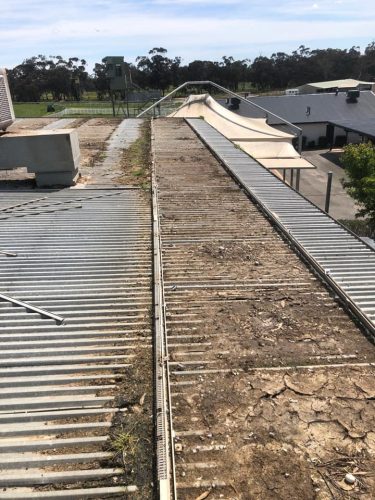
You could plant a garden in this lot. Image credit: Crap Solar.
Maintenance Requirements Vary
Most systems with rain enough to keep them clean should have a 5 yearly check. However, there are systems that need professional cleaning every few months because bird fouling is enough to seriously impact the yield.
So, if your residential roof is attractive to winged pests, a modest investment in bird proofing will increase your energy yield and decrease your cleaning costs.
If you have a commercial solar system, your return on investment is often guaranteed by the solar retailer. Cleaning costs can create arguments, and nobody enjoys arguing about pigeon shit. So, keep an eye on the skies and, ideally, agree on your bird-proofing prevention and maintenance responsibilities before accepting any quotes.
Original Source: https://www.solarquotes.com.au/blog/bird-proofing-solar-panels/

